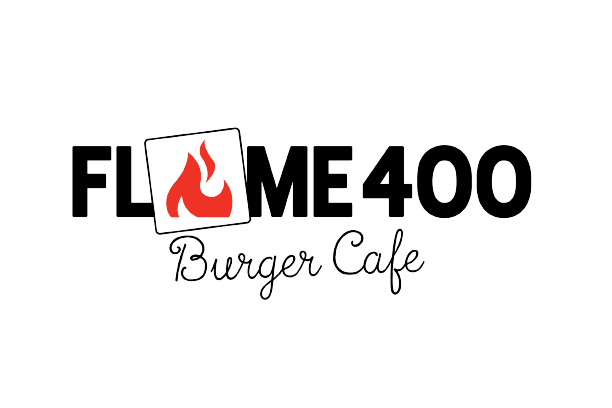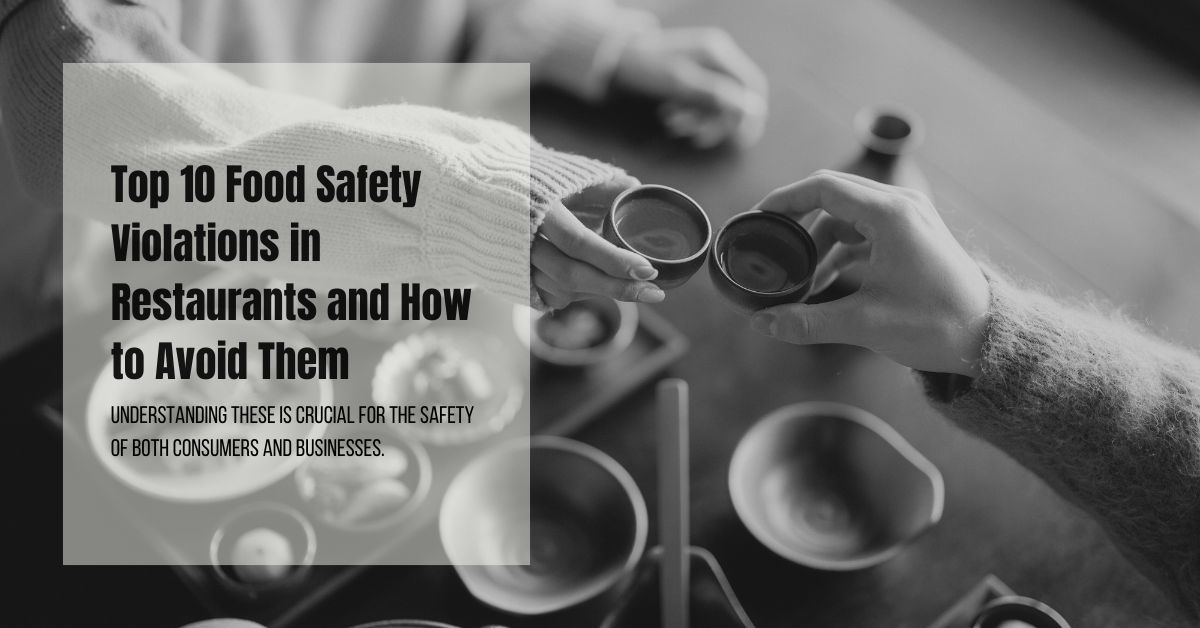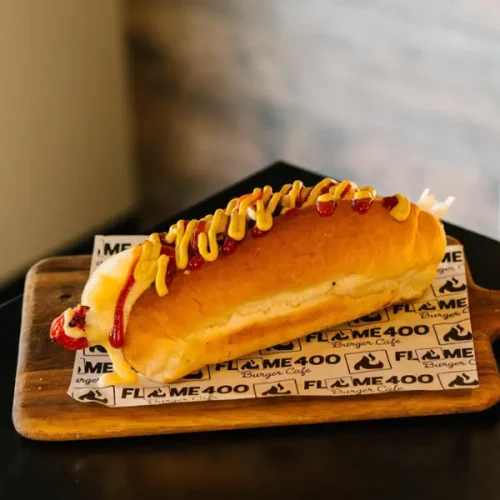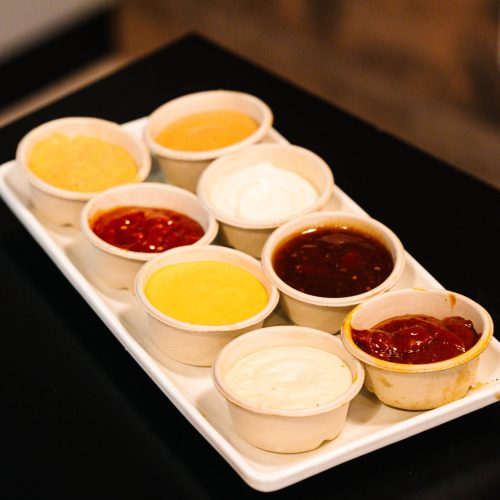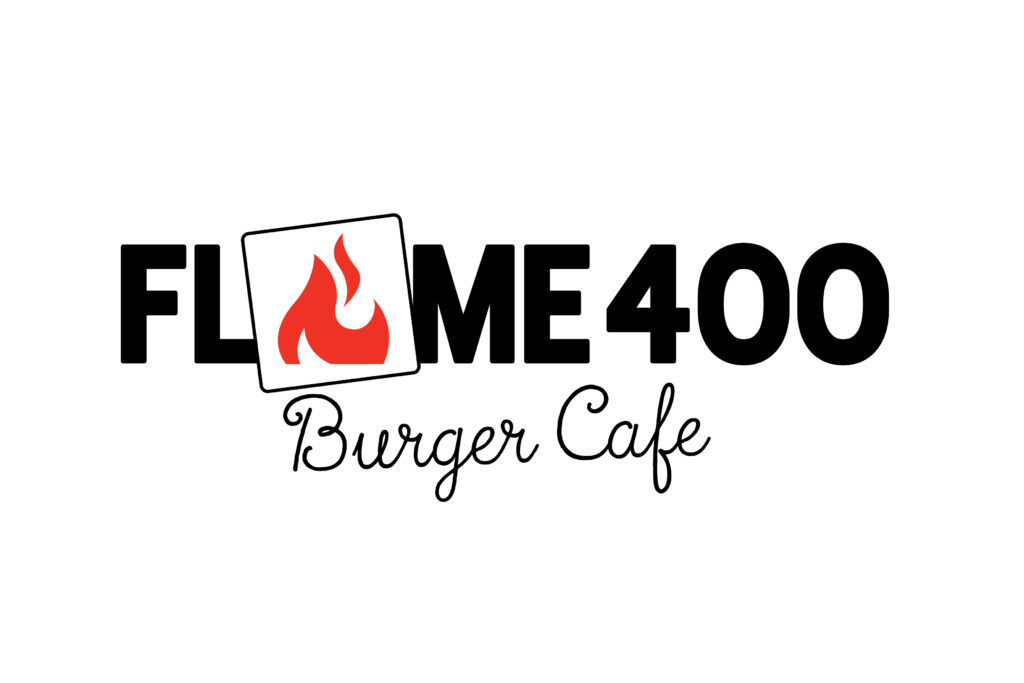Maintaining excellent food safety standards is crucial in the restaurant industry. Not only does it protect the health and well-being of customers, but it also helps ensure compliance with local health regulations and prevents costly fines or shutdowns. Despite best efforts, many restaurants still fall victim to common food safety violations. Here, we explore the top 10 food safety violations frequently encountered in restaurants and provide actionable tips to avoid them.
1. Improper Handwashing
One of the most common and preventable violations is improper handwashing. If staff fail to wash their hands correctly or frequently, they can easily spread bacteria or viruses to food, leading to contamination.
How to Avoid It: Train all staff on proper handwashing techniques and ensure they wash their hands with soap and water for at least 20 seconds. Provide handwashing stations in key areas, and enforce washing before and after handling food, after using the restroom, and after touching raw ingredients.
2. Cross-Contamination
Cross-contamination occurs when bacteria from raw meats or other harmful substances transfer to ready-to-eat foods, leading to potential foodborne illnesses.
How to Avoid It: Establish a system that separates the handling of raw and cooked foods. Use color-coded cutting boards and utensils to distinguish between raw meats, vegetables, and other ingredients. Clean and sanitise surfaces, utensils, and equipment after each use.
3. Incorrect Food Storage
Food storage plays a vital role in maintaining freshness and preventing bacterial growth. Storing food at improper temperatures can result in the growth of harmful bacteria.
How to Avoid It: Ensure that cold foods are stored below 5°C (41°F) and hot foods are kept above 60°C (140°F). Use refrigerators and freezers with visible temperature controls to monitor and maintain correct storage conditions. Regularly check storage temperatures and rotate stock to ensure proper handling.
4. Improper Cooling of Food
Cooling hot foods incorrectly can allow harmful bacteria to multiply, especially when food remains in the temperature “danger zone” (5°C-60°C or 41°F-140°F) for too long.
How to Avoid It: Cool hot foods quickly by placing them in shallow containers, using ice baths, or using specialised cooling equipment. Ensure that the food temperature drops to 5°C (41°F) or below within two hours of cooking.
5. Unclean Equipment and Surfaces
Dirty surfaces and equipment can harbour bacteria and contaminate food, leading to health risks.
How to Avoid It: Set strict cleaning schedules for all kitchen surfaces, tools, and equipment. After each use, make sure to clean and sanitize equipment such as cutting boards, knives, and countertops using approved sanitizers.
6. Inadequate Cooking Temperatures
Cooking food to the proper temperature is essential to kill bacteria that may be present in raw foods. Undercooked foods, especially meats, can harbor dangerous bacteria like E. coli and Salmonella.
How to Avoid It: Use food thermometers to check internal temperatures. For instance, cook poultry to 75°C (165°F), and medium-done beef to 63°C (145°F). Ensure that all staff members receive proper training in using thermometers.
7. Improper Thawing of Food
Thawing food at room temperature allows bacteria to grow rapidly, increasing the risk of contamination.
How to Avoid It: Thaw frozen foods in the refrigerator, under cold running water, or in the microwave. Never leave frozen items out on countertops for extended periods.
8. Expired or Spoiled Food
Serving expired or spoiled food is not only a violation of food safety regulations but also poses a significant health risk.
How to Avoid It: Implement a strict system to check expiration dates and regularly inspect food for signs of spoilage. Ensure the use of older stock before newer items by adhering to the first-in, first-out (FIFO) method.
9. Inadequate Pest Control
Pests such as rodents, insects, or flies can spread bacteria and contaminate food, making pest control an essential part of maintaining food safety.
How to Avoid It: Schedule regular pest control inspections and ensure that your facility is kept clean and free from pests. Store food in sealed containers, dispose of trash regularly, and seal off entry points to prevent infestations.
10. Improper Personal Hygiene
Improper personal hygiene by staff can easily lead to food contamination. This includes failing to wear gloves, not using hairnets, or handling food while ill.
How to Avoid It: Establish strict personal hygiene protocols. Ensure all staff wear gloves when handling food, use hairnets or hats, and wash their hands regularly. Additionally, staff showing signs of illness should be prohibited from handling food.
Conclusion
Maintaining high food safety standards is essential for running a successful restaurant. By addressing this common food safety violation and implementing best practices, restaurants can ensure the safety of their customers, meet health regulations, and avoid costly fines. With regular staff training and a commitment to cleanliness, you can create a safer dining experience and build trust with your customers.
